You have chosen:[[togetherChouseinfo.num]]
Total amount: [[currency]][[togetherChouseinfo.price]] [[togetherChouseinfo.price]][[currency]]
You have chosen:[[togetherChouseinfo.num]]
Total amount: [[currency]][[togetherChouseinfo.price]] [[togetherChouseinfo.price]][[currency]]
The DFRobot FireBeetle series offers optimized low-power microcontrollers designed specifically for IoT projects. In this series, the FireBeetle ESP32 stands out as a formidable IoT controller. This ESP32 development board integrates the dual-core ESP-WROOM-32 module, supporting dual-mode communication for microcontroller, Wi-Fi, and Bluetooth. As a result, ESP32 microcontroller to find wider applications in low-power IoT projects, encompassing a broader range of possibilities.
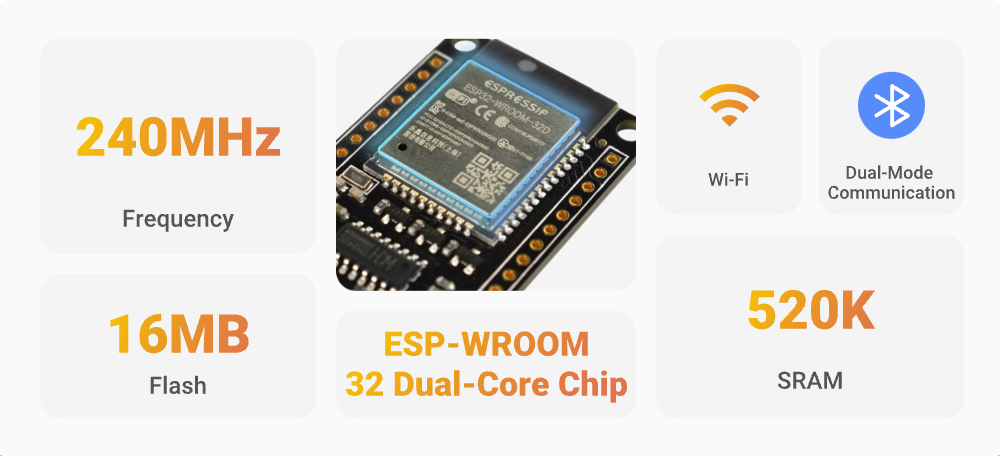
ESP32 FireBeetle Dev Board Features
Over 250 Detailed Tutorials
What's more, FireBeetle ESP32 microcontroller offers over 250 detailed tutorials that cover a wide range of topics, from basic installation and programming to advanced application development. These tutorials provide robust support for both beginners and experienced developers.
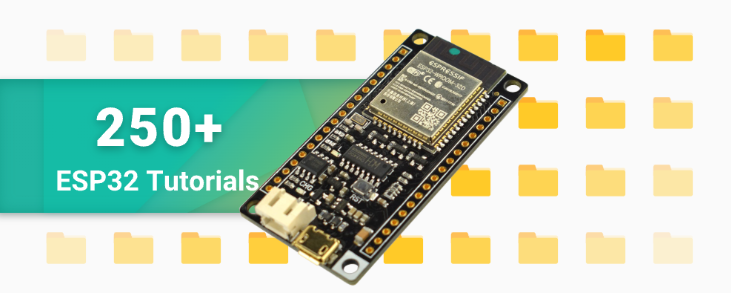 >
>
FireBeetle ESP32 Development Board Offers Over 250 Detailed Tutorials
Wireless connectivity and remote control play a vital role in IoT project development. However, many microcontrollers lack built-in Wi-Fi and Bluetooth capabilities, making wireless implementation complex and expensive. Even when these functionalities are integrated into development boards, they often come with high costs and limited options for deep development. The FireBeetle ESP32 microcontroller solves this problem by offering both powerful microcontroller performance and support for WiFi and Bluetooth development. With its affordable price, it perfectly fulfills your project needs.
Supports Two Power Supply
Moreover, the FireBeetle ESP32 development board supports two power supply options: USB and an external 3.7V lithium battery. It also boasts automatic power source switching when operated on dual power, making it particularly suitable for battery-powered, low-power IoT projects.
Rich Interface and Resources
Furthermore, the FireBeetle ESP32 development board is equipped with an array of interfaces and resources, including 5 analog pins, 10 digital pins, 1 UART interface, 1 SPI interface, 1 I2C interface, and an SD card interface. These interfaces adequately meet most of your project requirements, enabling the FireBeetle ESP32 to seamlessly connect to various sensors and actuators, showcasing its impressive scalability.
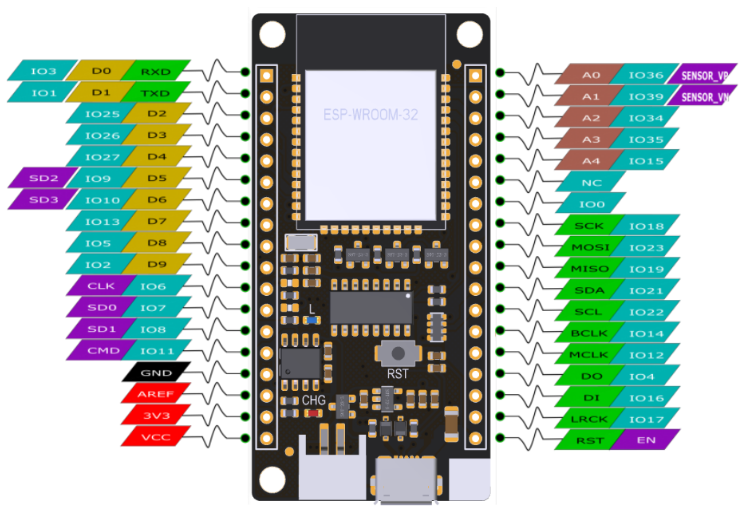
FireBeetle ESP32 Development Board is Equipped with Rich Interface and Resources
Supports Multiple Programming Methods
ESP32 microcontroller is notable for its seamless integration with the Arduino IDE, eliminating the need for manual mode switching and enabling effortless downloads. It supports multiple programming methods, including Arduino, IDF, MicroPython, and Mind+ graphical programming. Furthermore, it features pin mapping for Arduino IDE, allowing for direct pin configuration using Dx notation and ensuring compatibility with UNO, simplifying the learning process.
If the ESP32 development board doesn't meet your requirements, you can refer to the FireBeetle series selection guide to find a more suitable model.
FireBeetle Series
FireBeetle is a compact and high-performance series of Arduino development boards. It seamlessly integrates with the Arduino IDE and offers a wide range of software and hardware resources. Supporting various development environments like Arduino IDE, Mind+, pinpong, and MicroPython, FireBeetle provides flexibility and open-source capabilities. With concise programming methods, comprehensive tutorials, and user-friendly Gravity peripherals, FireBeetle is a powerful tool for students, electronics enthusiasts, artists, and designers to simplify the complexities of circuit design, programming, and communication protocols.
Version Upgrade:
1. Add a new anti-reverse connection silk-screen.
2. Change the Lipo battery connector direction.
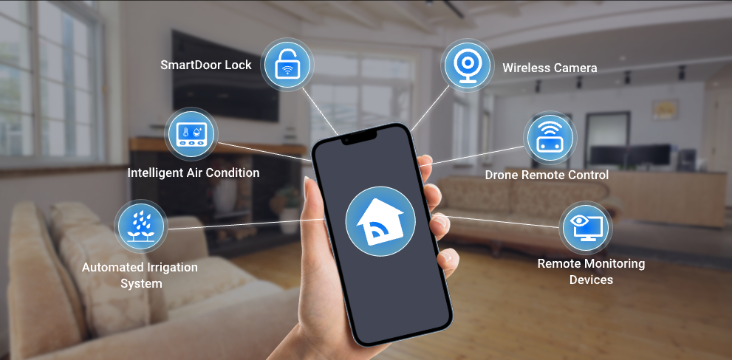
Project 2. How to Use Bluetooth(BLE) With ESP32
Introduction: Learn how to use the ESP32 board to send temperature reading over Bluetooth Low Energy.
Project 3. Controlling Air Conditioner temperature automatically with ESP32
Introduction: This tutorial teaches you how to fetch the real-time weather data with a microcontroller and how to mimic the air conditioner remote control that uses IR (Infrared) technology to control the AC using an IR transmitter.
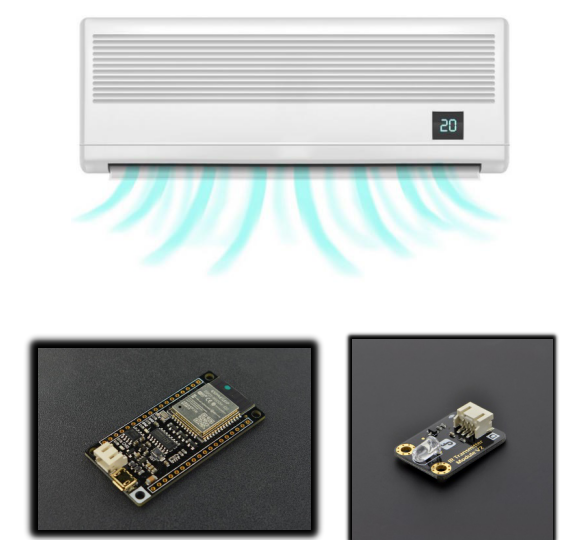
Project 4. Solar Weather Station Using ESP32
Introduction: This project aims at building a Weather Station and send the data to your channel. The system will be placed on the balcony and will retrieve temperature, humidity and air pressure.



